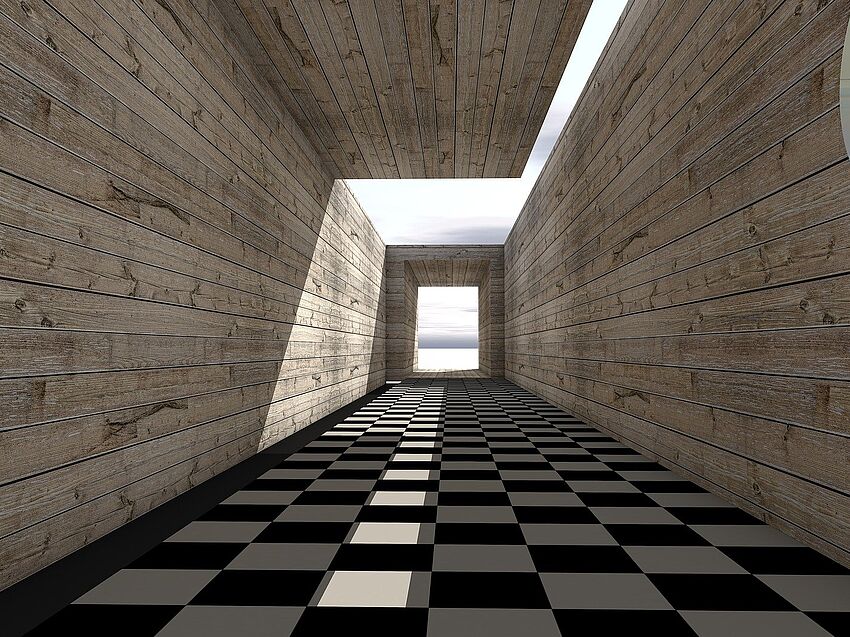The 20 most expensive buildings in the world: from super mosques to luxury casinos
For centuries builders and architects have been using the many properties of natural stone to decorate the interior and exterior of buildings. This natural building material symbolizes individuality for depending on its quality and appearance, unique surfaces can be designed. Furthermore, building with natural stone is particularly sustainable. The raw material has a broad range of uses in the preservation of monuments and renovations and also in modern architecture projects.
The versatile characteristics of natural stone
Among the most well-known natural stones for construction are granite, marble, sandstone, porphyry, basalt, clay slate and limestone. These materials differ greatly in terms of their technical characteristics such as water absorption, compression strength, heat storage capacity or frost resistance. The look of a stone does not reveal anything about its quality: an affordable and a high quality variant have the same appearance but have entirely different characteristics. Hard rocks such as granite or basalt are more suitable for the exterior, whilst softer materials such as porphyry or marble are more suitable for interiors.
Before a natural stone comes on the market it must pass suitability tests which are based on German or European norms. Save for a few exceptions, for example oil shale, all natural stones belong to the non-flammable class in accordance with building material class A, DIN 4102. Which stone is suited for which area of use depends on its composition and the necessary environmental requirements such as loads and weather conditions.
Stonemasons can use various techniques to work the surface of a natural stone in many ways. Depending on whether the material is milled, cut, pointed, broached, sanded or polished, a new look and aesthetic is created. Irregularities, colour differences and inclusions of other minerals create a piece of stone that is unique every time, which architects can combine with countless other building materials such as steel, concrete or glass.
The possible applications for natural stone in architecture
Natural stone is used in industry, in garden and landscape design as well as in cladding and design of private and commercial properties. Clay slate for example serves as a durable, stable roofing stone on historic and modern buildings. Granite, limestone and basalt decorate elegant exterior facades of museums, shopping centres or residential units. Gravel or grit decorate paths through a garden or park. High-grade stair coverings and flooring are made of marble or sandstone. The various rocks and stones are also used in the following areas:
> Masonry
> Building stone for window and door frames
> Terraces and paving slabs
> Interior wall cladding: Slabs or tiles
> Kitchen worktops
> Washbasins
> Fireplaces
Impressive structures from former times are proof of the durability of this material: castles, palaces, churches and other imposing buildings were, and are, made of natural stone. Also in modern architecture there are numerous outstanding projects which use natural stone as a building material. Some of them have consequently been nominated for or awarded German and international prizes:
> Museo Jumex in Mexico City: a solitary building with a facade made of locally quarried travertine.
> Giant’s Causeway Centre in Antrim, Northern Ireland: a free-standing building complex made of dark basalt columns.
> Taunusturm, Frankfurt am Main: a skyscraper with exterior cladding made of Turkish Limara limestone and Flossenbürg granite.
Natural stone: a sustainable product
In the past few years, this building material experienced a renaissance, not least because of its ecological properties. Extraction requires only a small energy expenditure. The stone lasts - for example in the form of slate roofing - for over 90 years. It can be easily disposed of and recycled since natural stone does not contain any major pollutants. Classification as sustainable material is also borne out by a current study by the German Natural Stone Association, in particular when quarrying takes place in local quarries. The special feature of natural stone is its versatility which makes every surface, be it a facade, roof or floor, unique and offers architects and builders countless design options.




